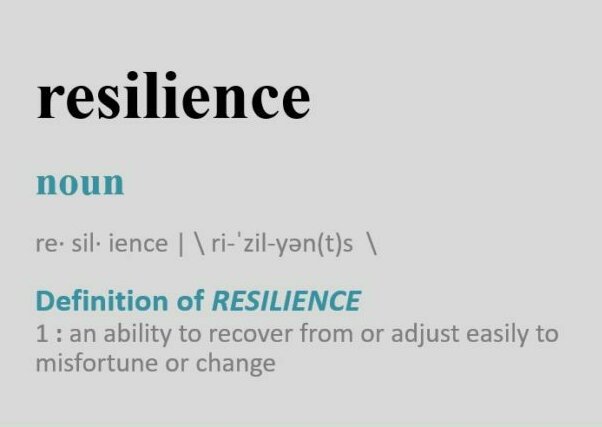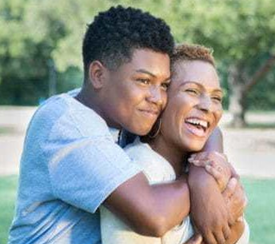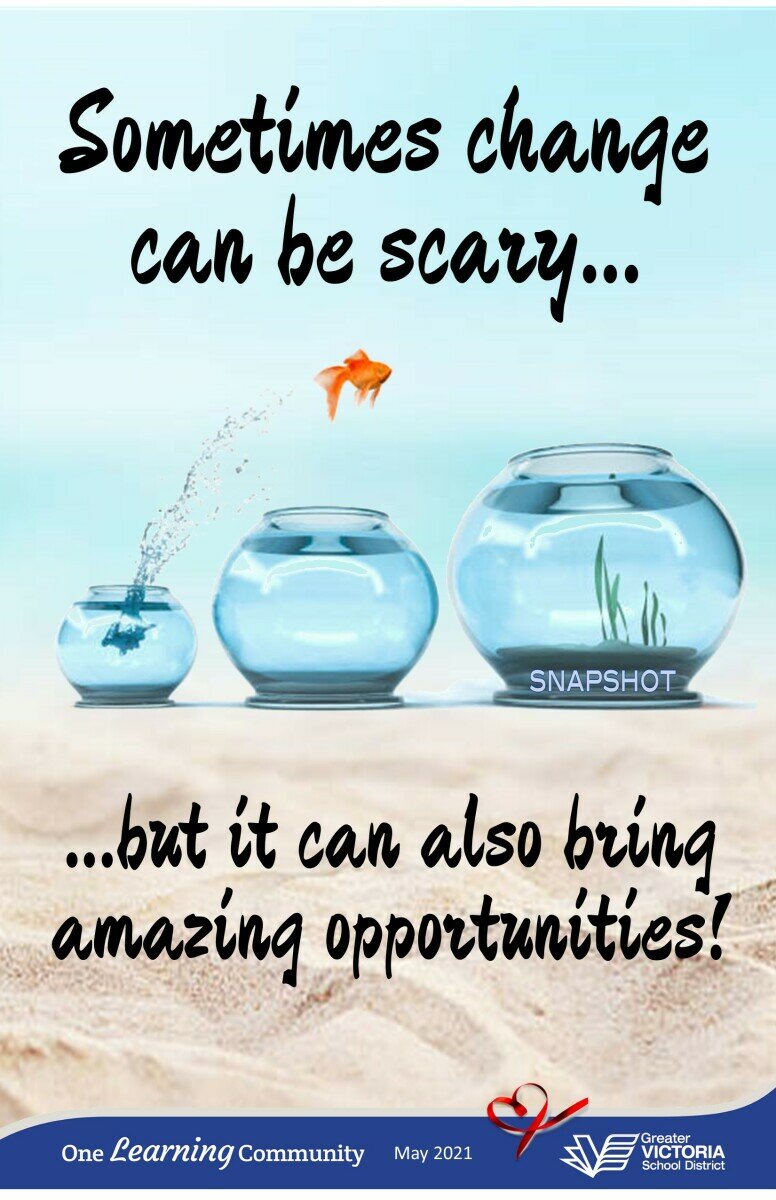|
|
|
*We recognize that opportunities for transition may be limited due to COVID-19. However our schools are doing their best to ensure smooth transitions to high school.
|
| |
|
|
|

|
The end of the school year can be an exciting and apprehensive time for students, especially for those who will be making a major transition into secondary school. The increased number of students on a large secondary school campus; feelings of being lost and not being connected; and newfound anonymity can all be points of anxiety for students moving from middle to high school.
|
|
|
|
While your teen may assure you they don't need your help, parental involvement is an important factor in ensuring a successful transition from middle to high school.
|
| |
|
|
|
|
|
 |
Accompany your child on any school orientations offered to parents and incoming students (due to COVID these opportunities may be limited). The better you understand the school layout and rules, the more you can help your child.
Avoid warnings: Your teen may be stressed about getting good grades, so reminding them of the challenges of high school could be counter productive. The use of positive language such as, "I know you're going to be able to handle this” supports competence and growth mind-set in your teen.
|
|
|
Assure your teen that you have confidence in them. The transition to high school is a major transition, it can be daunting to be at the bottom of the rung after being at the top of the heap in 8th grade. Honour their struggle and acknowledge their fears. Then remind them that they have successfully coped with change before and they have the skills they need.
|
|
|
Advocate involvement: High school isn't just full of new people and new classes, it's also full of new opportunities. Encourage your child to join a sport, club or activity. It can help with making friends and ease the transition process.
|

|
|
|

|
Alleviate worries by helping your teen plan for those situations that they fear. If it‘s being alone at lunch time, ask your teen, “Can you pre-arrange with a friend to meet before lunch? How can you plan and be proactive and care for yourself.”
|
|
|
|
|
 |
Be proactive and take a walk-through: The bulk of first-day jitters can often be chalked up to logistics such as adjusting to a new bus route, finding lockers or getting from one class to the next. These nerves can be mitigated by visiting the school ahead of time, helping your student find their classrooms and mapping out their school day. If COVID limits access to the school this can be accomplished using a map of the school.
|
|
|
Bring a couple of your child‘s friends on school visits. They can boost each other‘s memory about where things are when school starts. Or have your child and friends study the school map together online.
|
|
|
|
Find out the length of the time between classes. Time it out for your child. Demonstrate how far they can walk in that amount of time.
Browse the school‘s website site with your child. Search for announcements, schedules, events and other aspects of school life.
Be organized: secondary school students are encouraged to use planners or electronic organization tools to record
assignments, deadlines and test dates.
|
 |
| |
|
|
|
 |
Class schedule: if it is available get a copy of your child‘s class schedule and have them mark the location of their locker, classrooms and bathrooms.
Code of conduct: download a copy of the student handbook. Review rules and requirements — including the school‘s code of conduct. Ask the school staff questions about anything that‘s unclear.
|
|
|
|
Campus map: Explore the outdoor campus together. Pick a time after school in the spring or in the days just before school starts in the fall.
Continued communication with your child‘s school is important. The school will use various means to communicate with you including report cards, notes and the school website. If you have concerns about your child‘s progress arrange a time to speak with their teacher.
|
 |
| |
|
|
|
|
|
|
|
|
The more resilient student's are the easier time they will have adjusting to change and transition. The 7 C's help build the resources necessary to handle stressors. The goal isn‘t to clear the path for children to have no stress; this would be detrimental to their development and actually hold them back. The goal is to help them gain the skills to meet these stressors and challenges head on and succeed!
|

|
| |
|
1. Confidence
Young people with confidence will have the belief in themselves that they will ultimately succeed. Confidence can be gained from adults authentically noticing effort as well as nurturing and supporting skills. |
2. Competence
Competence is the ability to know how to handle stressful situations effectively. It requires having the skills to face challenges, and the opportunity to practice using these skills so they feel prepared when stressful situations arise.
|
|
|
 |
3. Connection
Human connection allows us to more fully celebrate during joyous times and to recover during challenging times. Your connection with your child — based on knowing who they really are — is one of the most protective factors in their lives.
|
|
|
4. Character
Youth with “character” enjoy a strong sense of self-worth and confidence. They are in touch with their values and are comfortable sticking to them. They have a strong sense of right and wrong and are prepared to make wise choices and contribute to the world. |
5. Contribution
When youth personally experience contributing to the world, they learn that the world is a better place because they are in it. Hearing the thank you‘s and appreciation when they contribute will increase their willingness to take actions and make choices that improve the world.
|
|
|
|
6. Coping
Stress is a part of life and youth who have a wide repertoire of coping skills (social skills, stress reduction skills) are able to manage more effectively and are better prepared to overcome life‘s challenges.
|
 |
| |
|
|
 |
7. Control
Allowing youth to make choices (within reason) gives them a sense of control over their lives. Youth who have practiced making choices are more likely to know how to make positive choices when faced with difficult decisions.
|
| |
|
|
|
|
|

|
The Centre for Parent-Teen Communication offers 1 minute video tips to support communication between teens and parents on common issues.

|
|
|
|
|
|
Parenting in 100 words: Inquire and Listen
|
| |
|
|
|
|
|
|

| Students transitioning to secondary school often express that they feel conflicting emotions such as excitement and fear about entering a new school. They may be sad to leave friends behind but at the same time happy that a new chapter is starting. It is common to frequently alternate between these conflicting emotions.
This poster acknowledges these conflicting feelings while simultaneously highlighting the positive aspects of starting a new phase of life.
For those students not moving on, middle school is also a time of incredible changes. The impact on human development during this period is second only to the period from birth to age 3. That‘s how much change, growth, and development happens over the 3 years your child navigates middle school!
|
| |
|
|
|
|
|
|
Do you enjoy the monthly Snapshots?
Do you have suggestions on how to improve the Snapshots?
Do you have ideas for future topics?
Let us know!
We would love to hear from you!

|

|
| |
|
|
|
|
|
|
|
|
|
|
|